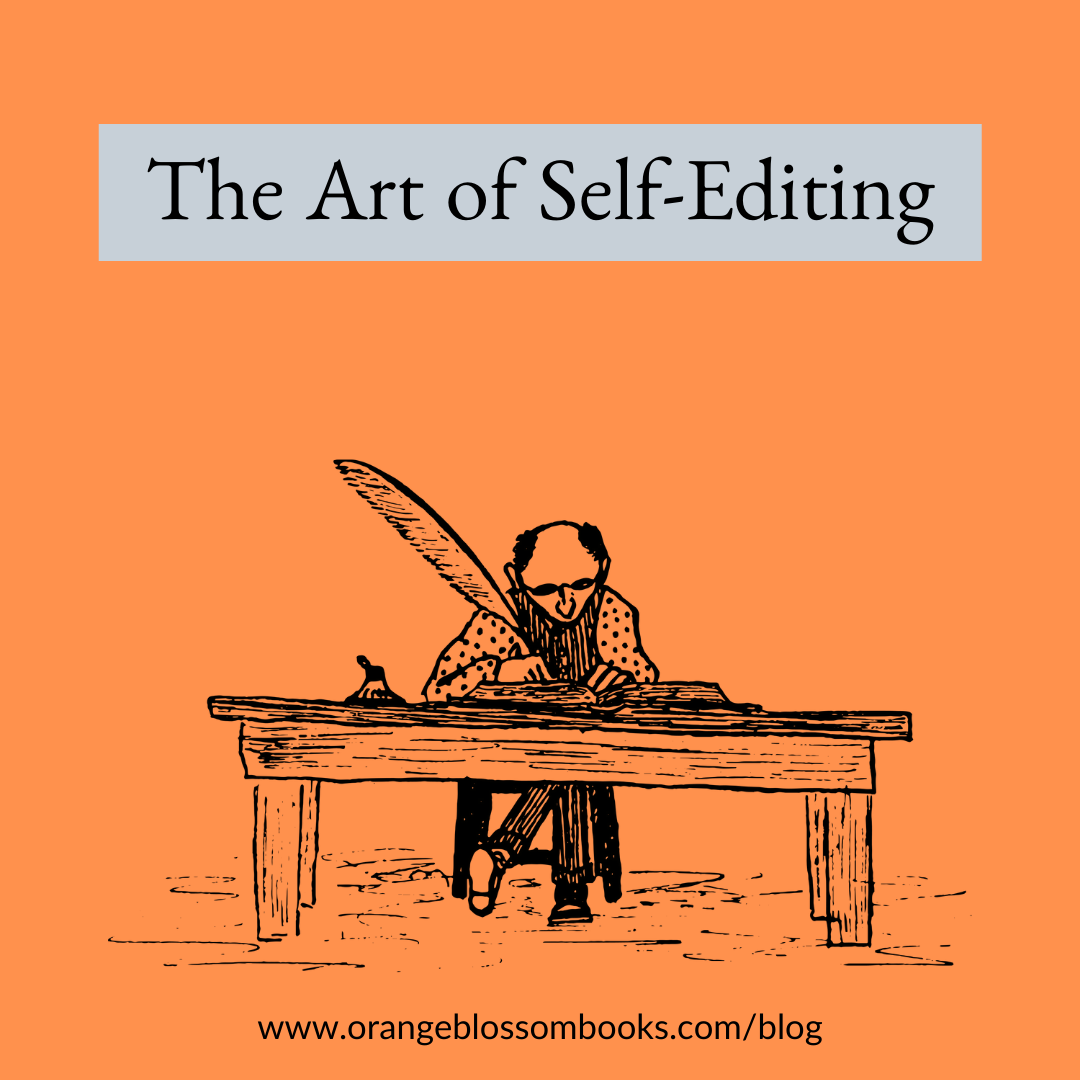|
Guest post by Robert Detman The Art of Self-EditingBefore I became a published writer, editing had seemed like brain surgery. Nothing I learned about editing in the early years of my writing made much sense to me. I might have edited, but I did not have the vision to know how to properly edit. It’s easy to overlook the major work that occurs in editing, because it goes unseen once the work is published. Looking back, I can honestly say learning how to edit my work has made the most impact on my writing’s success. It is truly an instance of not knowing what I didn’t know. The process didn’t become apparent to me until after completing grad school, when I decided to write book reviews as a way to break into publishing. I knew I had to step up my game and become extremely judicious as I tightened my work for publication. It also helped that one of my advisors suggested that I had to learn how to become a good editor of my work—editing should not be left to chance. That there was an internal logic to writing became apparent through repeated re-reading and editing of the work. I call this level of editing “the treatment,” and since it also coincided with getting my work published, I felt like I had discovered the wisdom of revision. Some editors don’t recognize when you’ve worked over your writing because there is an unspoken rule that work can always be improved. It usually can, but there is no excuse for an editor trying to perform triage on a healthy piece. Mostly, I’ve had the good fortune to have editors who use a light touch, who kindly ask before they administer their surgical tools. My goal is always to try to get the piece to where it resonates. This is typically after multiple drafts. I am sure there are writers of profound genius who write like the second coming of Joan Didion, but if this is the case, I’d suspect years of experience in editing their own work has gone before that. Reading good writing buttresses the strengths of your own writing.Reading good writing buttresses the strengths of your own writing. This seems apparent to me when I read writers who have made clarity and precision a key to their method, for example, George Saunders, Margaret Atwood, the aforementioned late, great Ms. Didion. It is intuitive that these writers’ work is perfect, that it cannot be revised, condensed, or modified (or rather, should not or does not need to be). If you doubt it, read a sentence or a paragraph from any book by these writers, and try to improve upon it. I would suspect merciless self-editing is how their writing comes together. I can surmise that the quality in their work comes from reading and knowing a piece so well, until the logic and rightness of the words locks it into its formidable essence, becoming one part of the comprehensive whole. A writer needs to be that attentive and focused on their writing and know it that well. As you gain an intimacy with the material, you correct it, and tweak and modify it as necessary. Your thinking on it will naturally become clearer and sharper in repeated readings. This assiduous process of rewriting, adding, revising, removing and moving blocks of text around eventually leads to an energy in the piece. There’s a point when the writing becomes inextricable, when what you’ve put into order on the page indicates that the piece has arrived. It might go without saying that even the most turgid prose can’t be saved by editing, although perhaps it can. The best writing, I believe, comes out of rewriting. Dipping occasionally into a few good reference books can help, such as Virginia Tufte’s Artful Sentences: Syntax as Style and William Zinsser’s On Writing Well. The bottom line is that if one does not edit their own work rigorously, it will be apparent; as well, they won’t find any publishers. In the knowledge of how I write, I have learned the habit of a practice. Writing is a direct thinking into words process that will go a long way toward making a piece of writing whole sooner. The initial draft of the writing, what I call “thinking on the page,” tends for me to bear out E.M. Forester’s axiom, “How can I know what I think until I see what I say?” From a good rough draft to initial draft, leads to the long process of editing.From a good rough draft to initial draft, leads to the long process of editing. This can often feel like a Sisyphean task, and yet the only way to complete a piece is to put in the series of necessary edits. And yet, this whole practice is a mystery, tuned toward the specifics of a piece. When I’m editing well, this is an average of seven drafts. In reality the number may be double that. And only after getting the piece to the level where it begins to take shape, does the editing actually become fully engaging; partly because the end is in sight and I can sense—or I should by then—if the piece is going to be any good. As much as I enjoy editing—which I do when I can see progress toward completing what I set out to write—I also put it off sometimes longer than necessary, because I realize that I’m still several edits away from completion. But even the habit of procrastination can be useful because it allows me to return to the piece with fresh eyes. The need to deliberate over writing with intense focus never goes away. Knowing that you can get from draft to final edit might just be the process that compels you to take on writing in the first place.
0 Comments
Leave a Reply. |
AuthorArielle Haughee is the owner and founder of Orange Blossom Publishing. Categories
All
|
Proudly powered by Weebly



 RSS Feed
RSS Feed